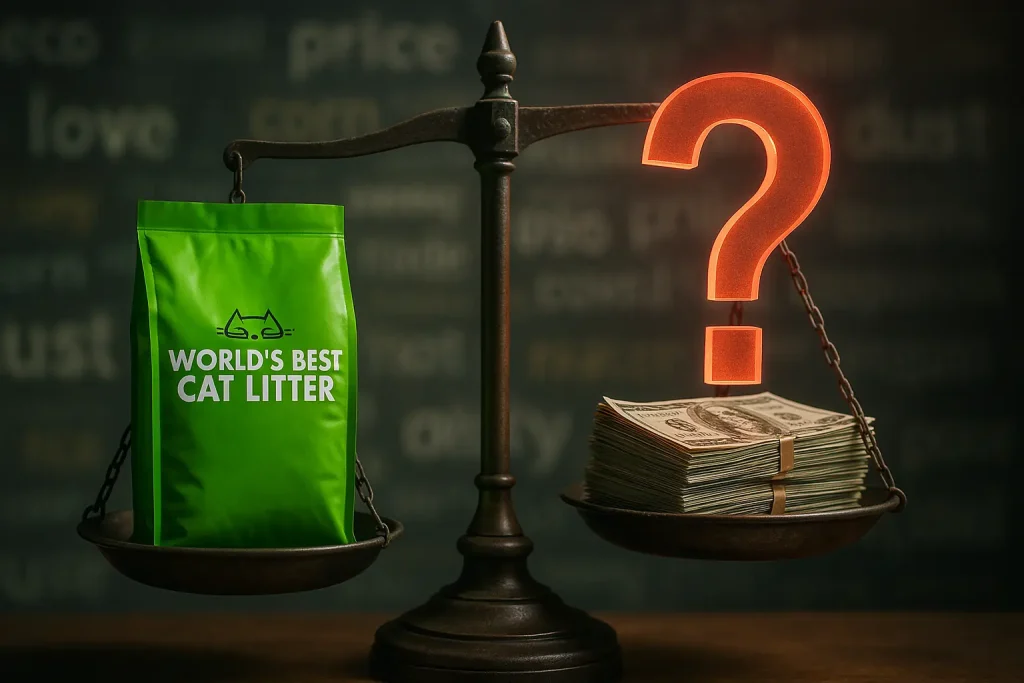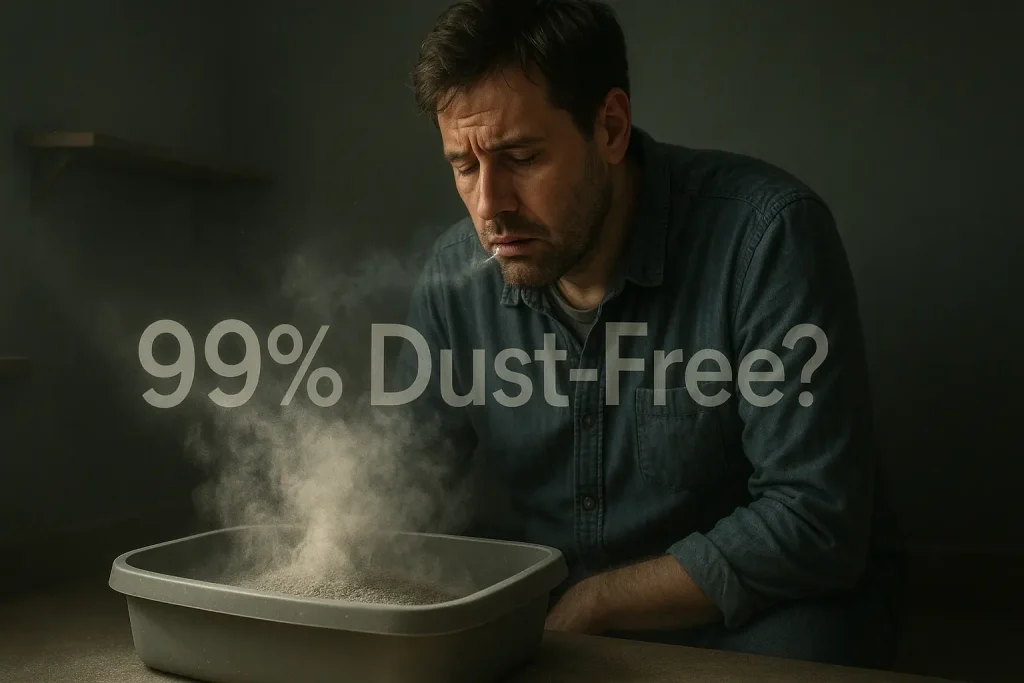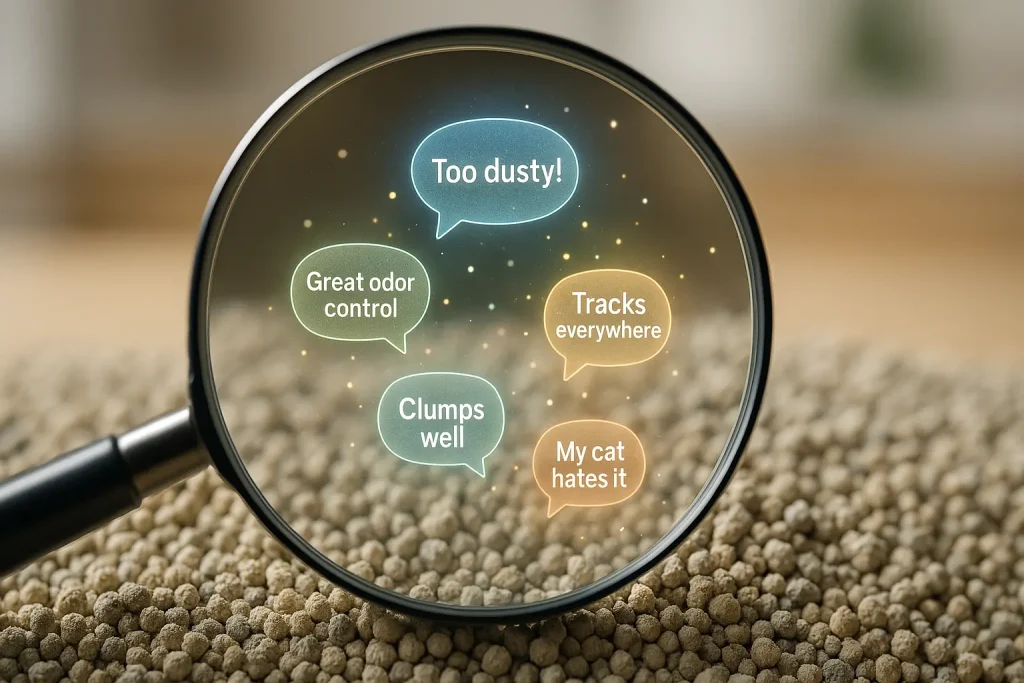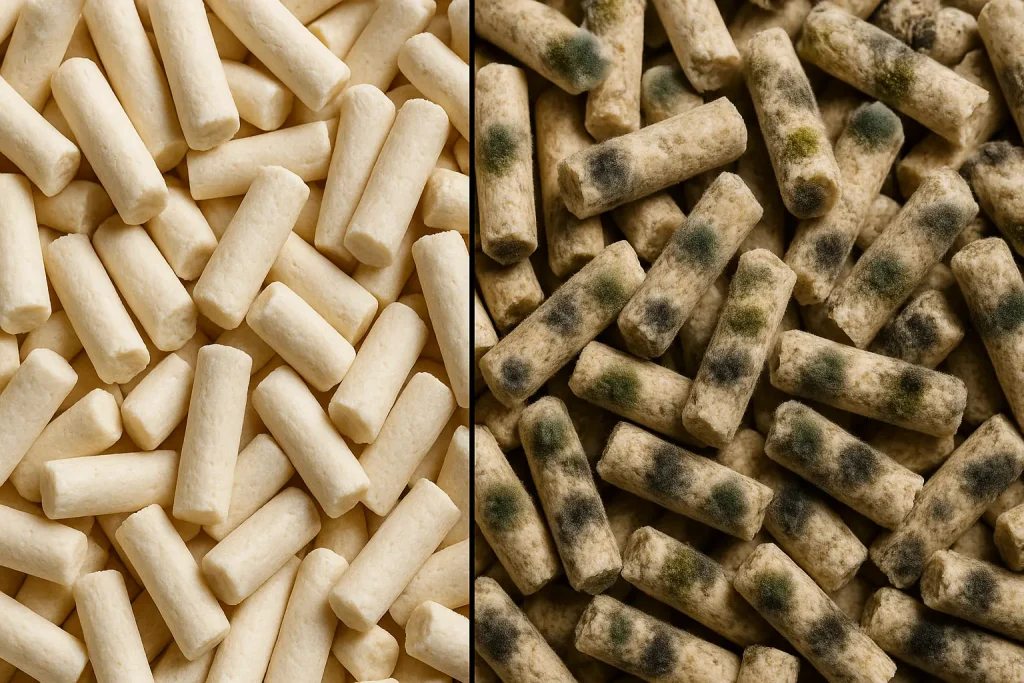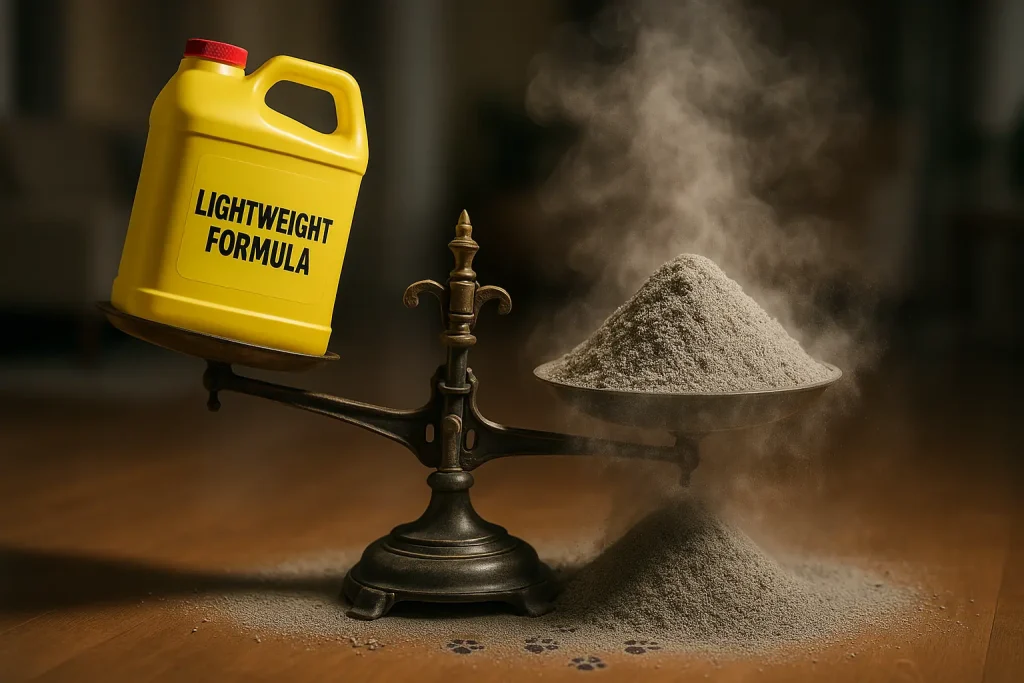The Color Conundrum: When Your Litter Plays Doctor
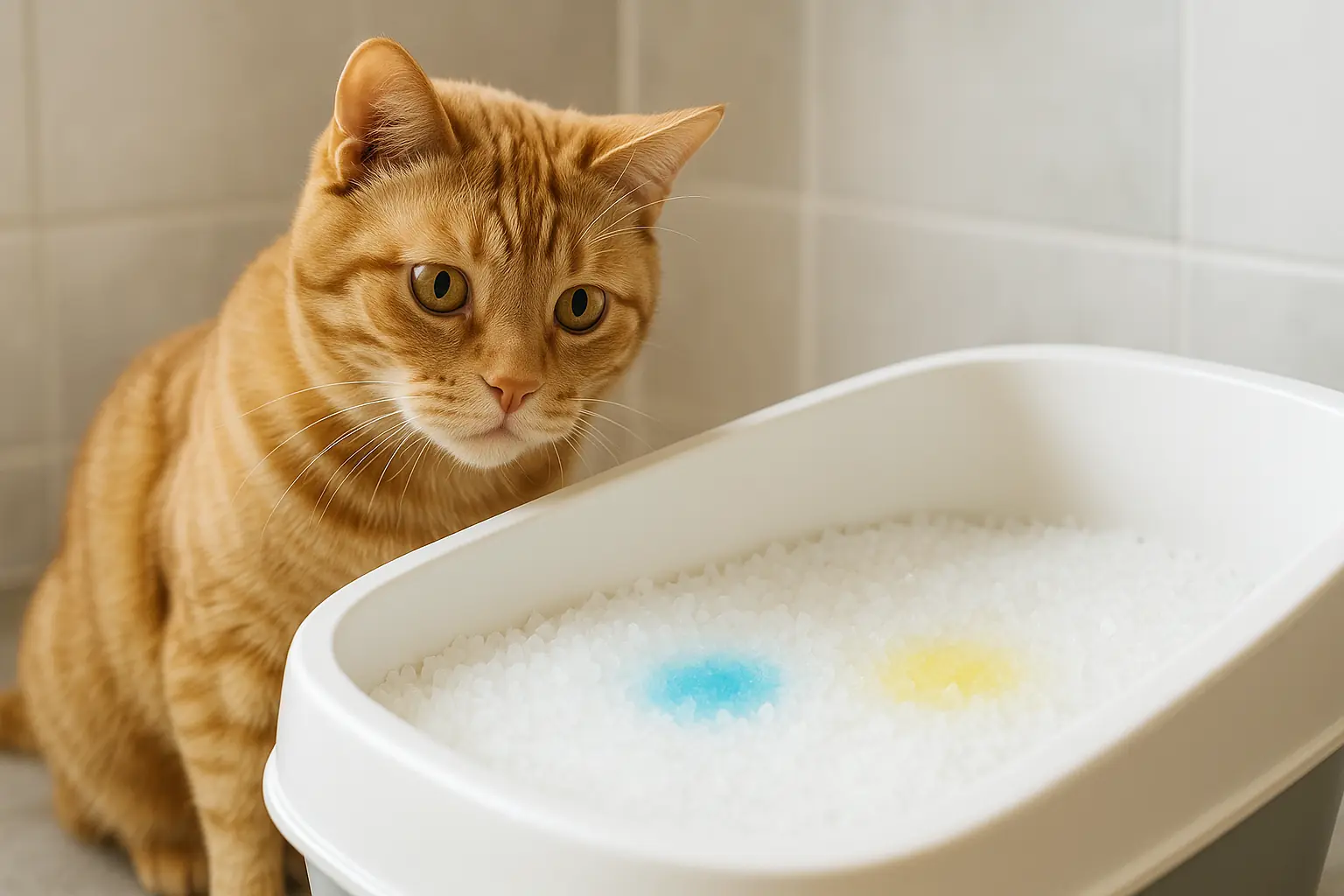
That sudden blue patch. Your heart stops. Is it a real health warning? Or just the litter doing its thing? Many cat owners ride this emotional rollercoaster daily.
Color-changing silica litters enter the market with a big promise. They offer convenient at-home cat health checks. Yet, countless user reviews paint a different picture. Deep confusion. Real anxiety. These are common reactions from owners interpreting those sudden color shifts.
The core question persists for many. Are these color changes reliable health indicators? Or primarily persuasive marketing features? Cat Litter Hub's synthesis of widespread user experiences aims to clarify this. We want to empower you with this collective knowledge.
This page unpacks what real users face with these health-alert litters. Our mission translates community insights into your practical advantage. You can make informed choices. That is our commitment.
Decoding the Rainbow: What Users Actually See & How They React (UGC Deep Dive)
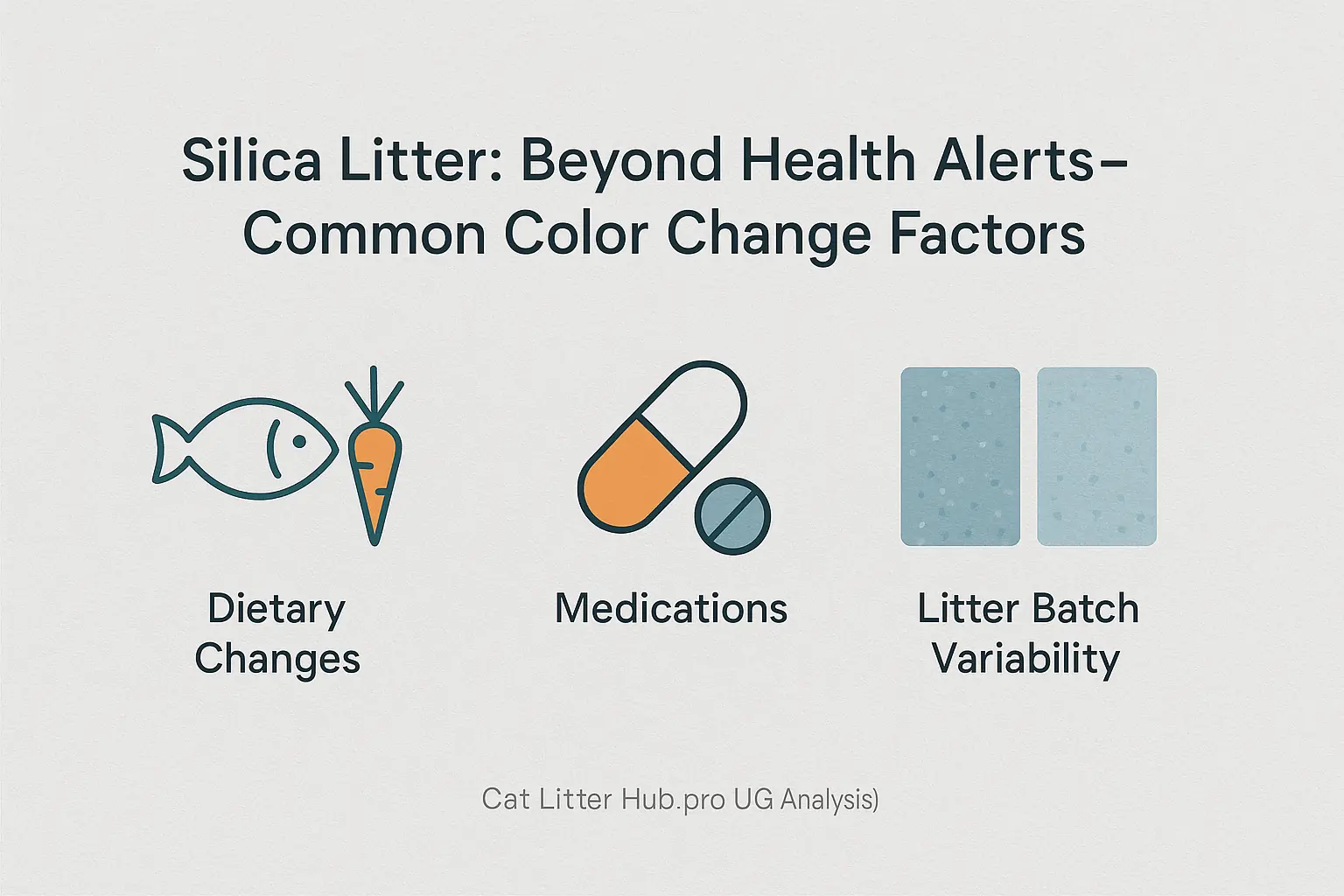
Cat owners often interpret specific litter colors as direct health warnings. Blue frequently signals alkalinity or potential UTIs to them. Red immediately suggests blood. These interpretations are heavily shaped by product information or widespread online discussions. Imagine the jolt: a patch of unexpected yellow appears. For many, this triggers immediate concern about liver or kidney issues, based on color charts they've seen. Green might send similar shivers, associated by users with other specific ailments.
Our analysis of thousands of user reviews highlights a significant emotional rollercoaster. Alarming color changes prompt many panicked vet visits. Owners report rushing their beloved cat to the clinic. The diagnosis? Often, a perfectly healthy feline. These false positives generate immense stress. Conversely, a persistently 'normal' color can also breed unease. Some owners share fears that a seemingly okay hue might be masking a genuine, underlying health problem, creating a subtle, lingering anxiety.
Here's a critical insight many cat parents discover the hard way. Non-health factors frequently cause these dramatic color shifts. Did you just change your cat's food? That new kibble, especially if brightly colored, is a common culprit users report. One owner shared online: "My litter turned bright green! Turns out, new fish-flavored food with green dye." Vitamins or medications also appear in user discussions as potential color-change agents. Then there's the 'batch lottery.' Users sometimes find one bag of silica gel litter performs predictably. The next, from the same brand, shows entirely different color reactions to the same cat's urine. This inconsistency turns litter monitoring into a frustrating guessing game for many loving cat owners.
The Vet Visit Verdict: Marketing Promises vs. Real-World Reliability
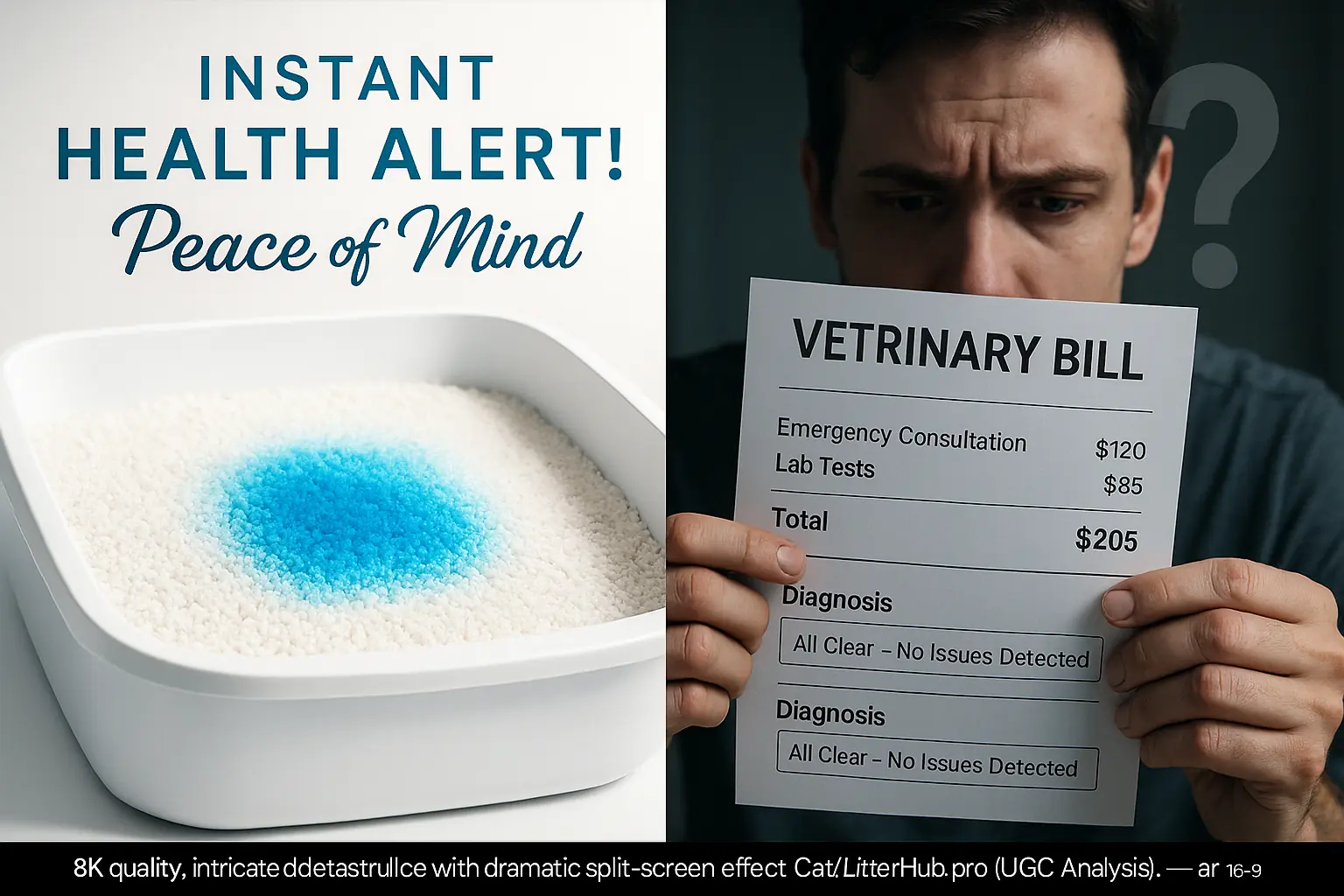
Manufacturers promote health-monitoring litters as proactive tools. They claim these litters detect feline health issues early. Many cat owners, however, tell a different story after vet visits. A color change in the litter pan often triggers alarm. This alarm frequently leads to an expensive veterinary consultation. The outcome? Too often, the vet finds nothing wrong.
User experiences paint a consistent picture of this problem. A significant number of owners report litter-indicated "health alerts" that veterinarians do not confirm. This pattern creates understandable frustration. It also causes unnecessary financial strain. Imagine the anxiety of a potential health crisis. Then, picture the relief mixed with annoyance when it's a false alarm. This emotional rollercoaster, and its associated cost, is a common theme in user feedback. This is the real 'cost of confusion' these products can impose.
The collective voice of cat owners, reflecting their vets' findings, suggests caution. These specialized litters are not a substitute for professional veterinary diagnosis. Far from it. Owners frequently share that their veterinarian found no medical basis for the litter's color change. Regular check-ups with a trusted vet remain the cornerstone of feline health management. What do these color changes truly signify then, if not always illness? Current user data points towards a high rate of misleading indicators.
Ultimately, while the idea of an early warning system is appealing, its real-world reliability is questionable according to extensive user reports. Cat Litter Hub must emphasize that we do not offer medical advice. All health concerns regarding your cat should always be discussed directly with your veterinarian. They are the only ones qualified to diagnose and treat your beloved pet.
Share Your Silica Story: The Community Color Log & Insights Tool
Silica Litter Color Log & Community Insights
Your anonymous input directly strengthens this community tool. Sharing what you see helps Cat Litter Hub build a clearer picture of silica litter color changes. Every observation logged contributes to a growing database. This collective knowledge aids all cat owners. More data means richer insights.
Seeing community-wide patterns can be quite revealing. Many users contributing their experiences might highlight common, non-health related color shifts, potentially easing some concerns. Understanding the typical range of color variations reported by fellow cat parents offers useful context. Always consult your veterinarian for any health-specific questions. This tool shares community experiences; it does not offer medical diagnoses.

